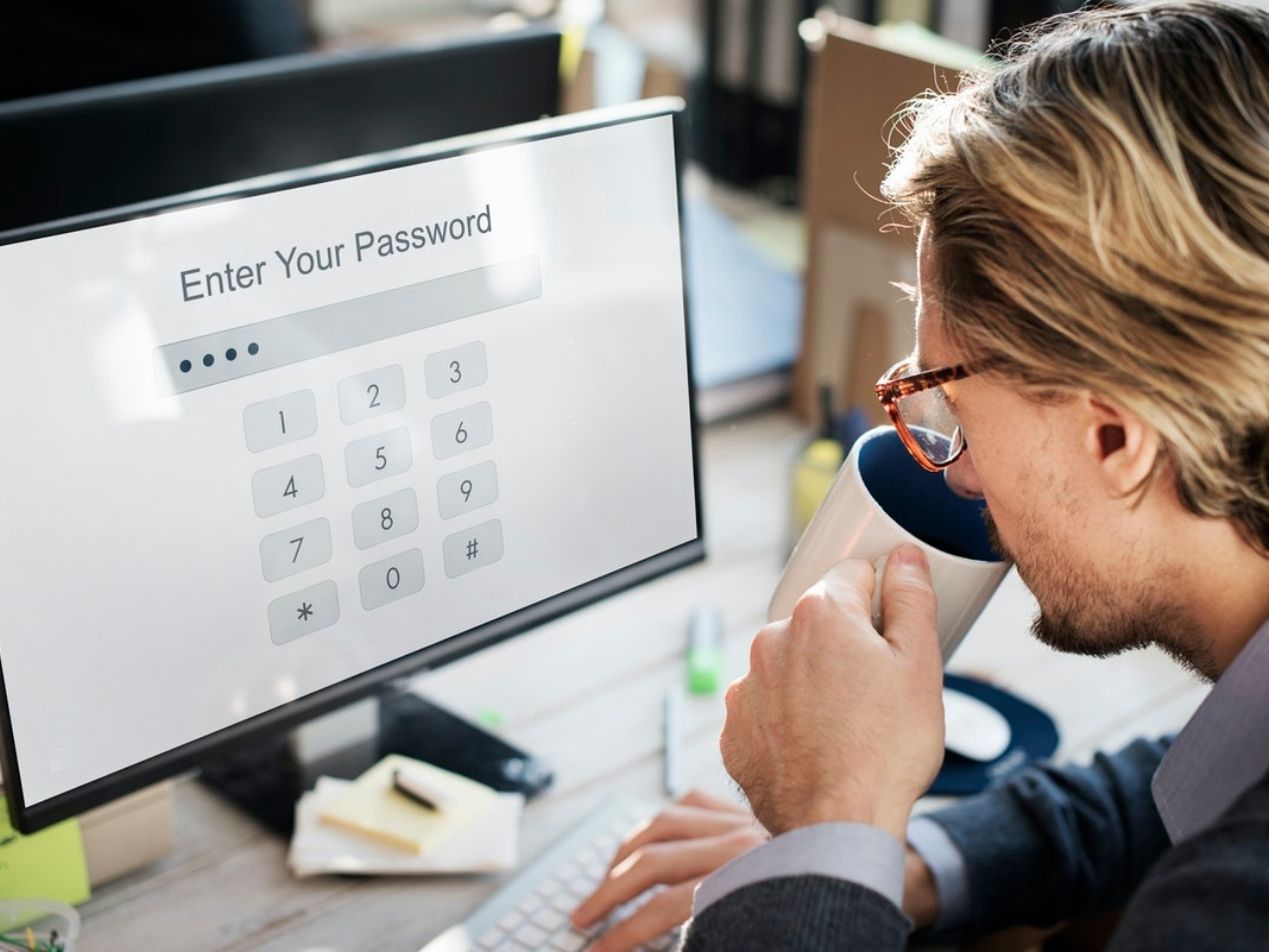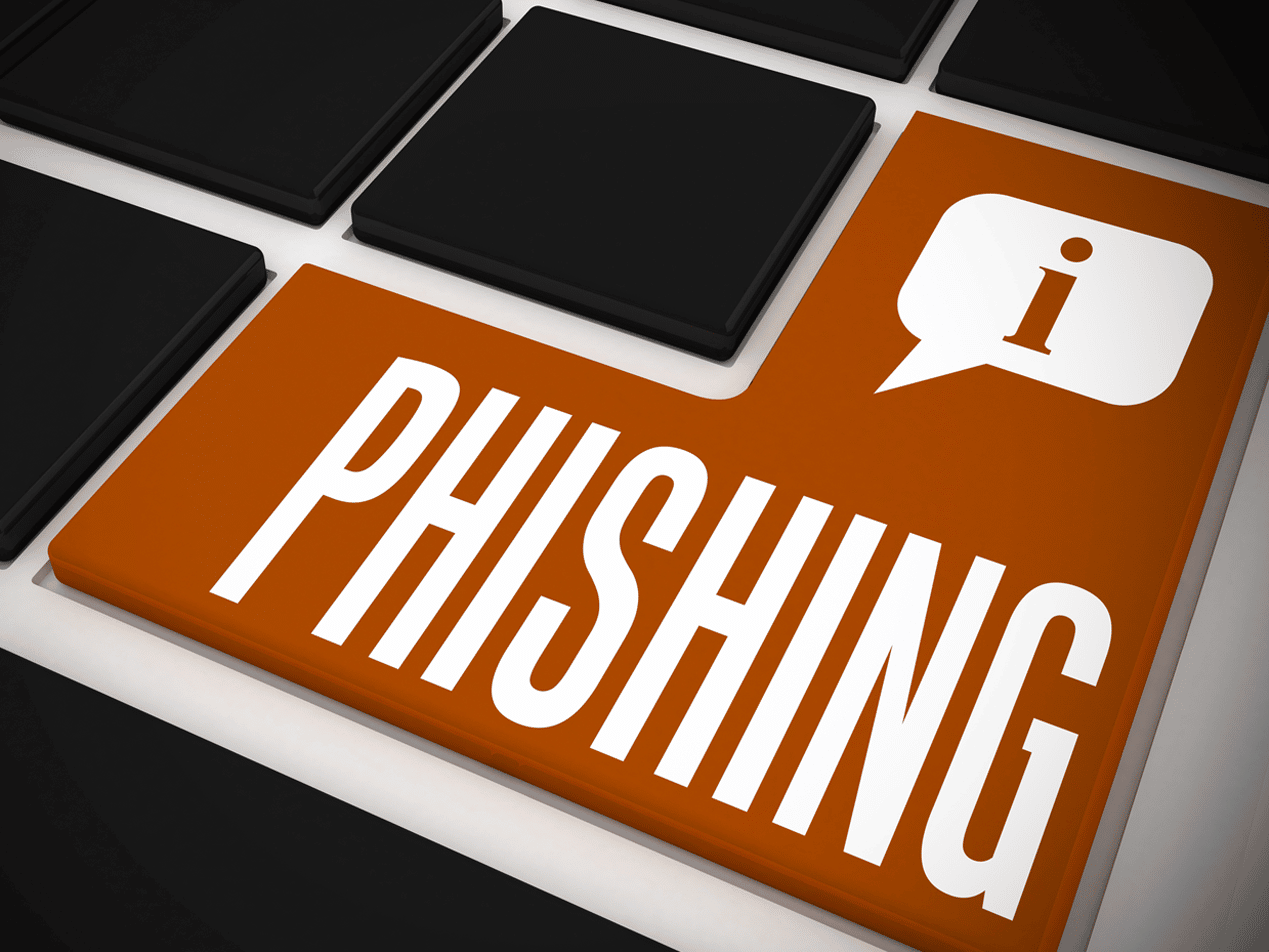
What is zero trust security?
Zero trust security measures assume that every person and device that accesses the network is a potential threat. Therefore, the network gives "zero trust" to every user. Zero trust security is a comprehensive approach with multiple principles and technologies to protect a network. The process makes a user validate their identity multiple times before getting access to protected health information (PHI), and even then, the user doesn't get full access to the network.
SEE MORE: The U.S. Needs Zero Trust Security for Email
What are the benefits of zero trust security?
As healthcare providers grow their networks, they also increase the number of endpoints and vulnerabilities. This makes it harder for healthcare providers to protect their sensitive data and PHI. Zero trust security can help protect your organization from outside attackers and internal attacks from unauthorized users. By requiring users to verify and authenticate their identity, an organization can better protect its network.
SEE MORE: Why You Should Consider Implementing Zero Trust for Your Healthcare Business
What are the core principles of zero trust security?
There are a few core principles regarding zero trust security. Some of these include:- Multi-factor authentication (MFA): Setting up MFA means a user will need to authenticate their identity with more than one piece of evidence. For example, a user may use the correct login credentials, but they also need to provide a secondary authentication before getting access. It may be as simple as a personal identification number (PIN) sent to their phone.
- Least-privilege access: A user will only get limited access to the network, according to what they need to do their job. In the event of a breach, this will limit the amount of data that a hacker can access.
- Microsegmentation: This security technique separates the network into small zones and maintains separate access to every part of the network. If someone hacks into the system, they will only be able to access one small zone.
- Monitor all activities: Monitoring device access will help spot abnormalities in behavior. Real-time monitoring can be critical in noticing a possible hacking attempt and shutting it down.
Can Paubox help with zero trust security?
Paubox is dedicated to providing the best email cybersecurity technology, which is why we achieved HITRUST CSF certification . We also developed our patented ExecProtect to stop domain name spoofing emails from entering your inbox. Paubox Email Suite Plus allows you to send HIPAA compliant email and protect sensitive data with two-factor authentication and robust inbound security tools. Paubox is easy to implement since it requires no change in user behavior. It can easily integrate with your existing email provider, including Google Workspace and Microsoft 365 . Your employees send emails directly to a patient's inbox, and recipients don't have to use client portals or third-party apps to read their messages.Subscribe to Paubox Weekly
Every Friday we'll bring you the most important news from Paubox. Our aim is to make you smarter, faster.




